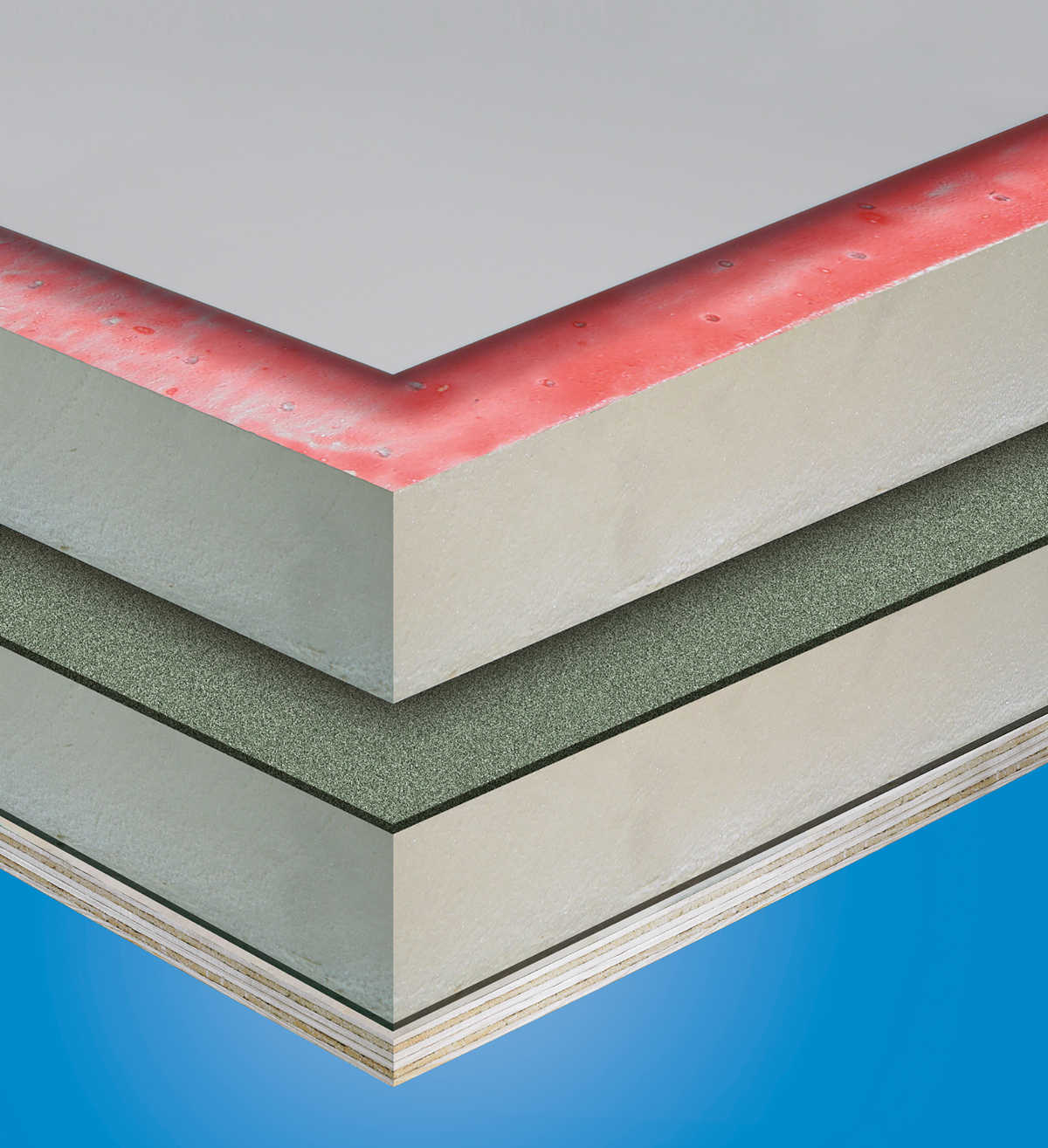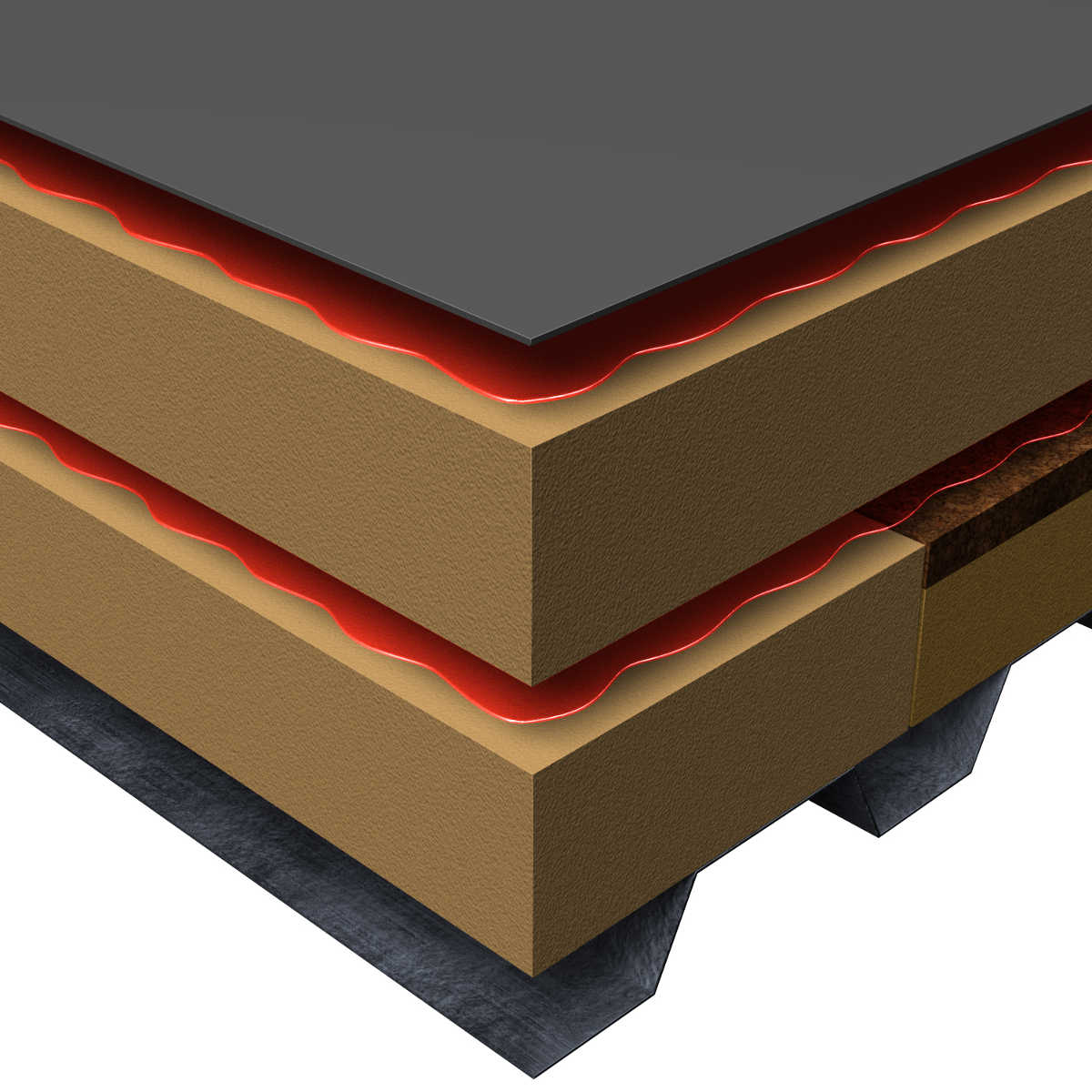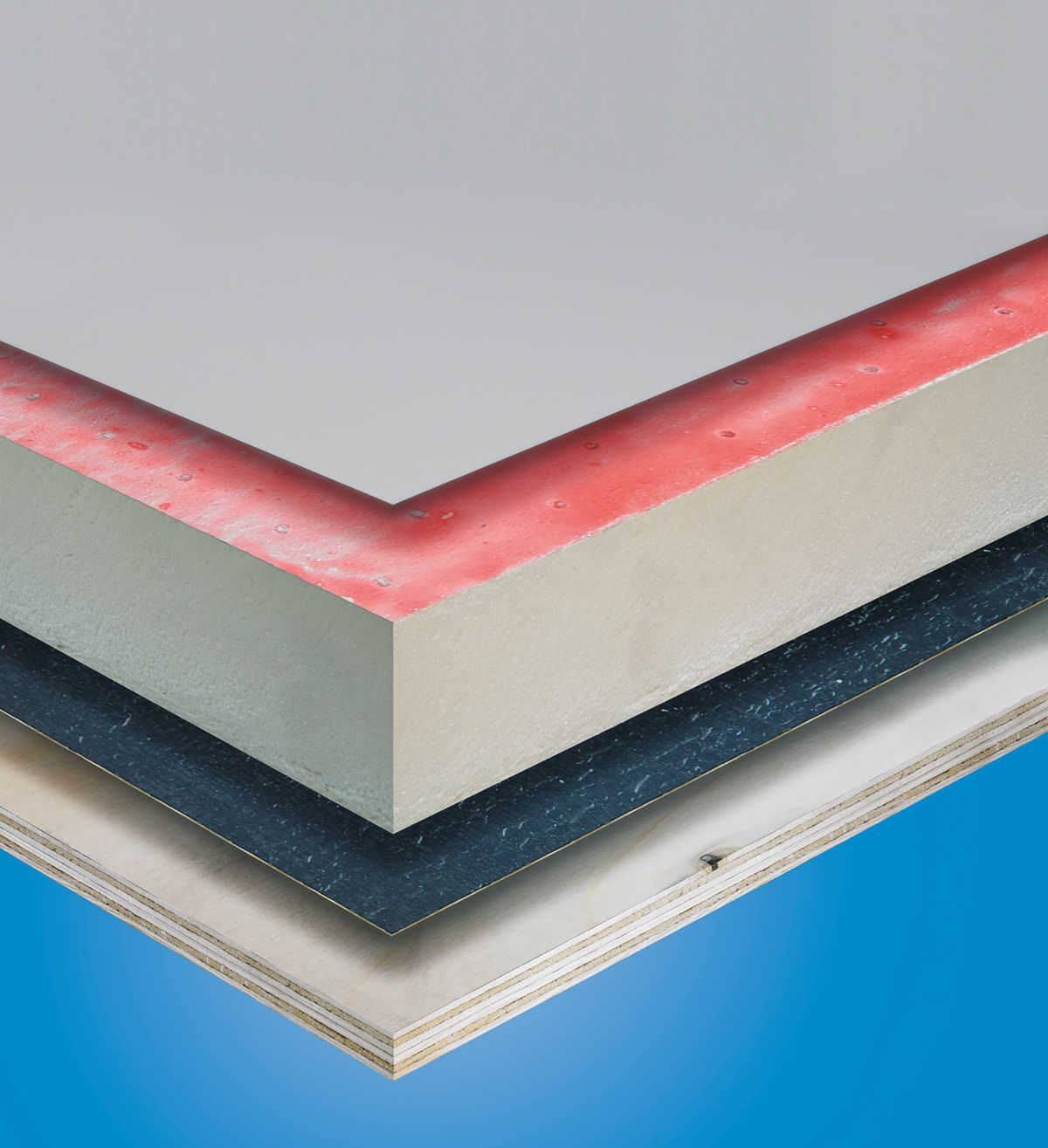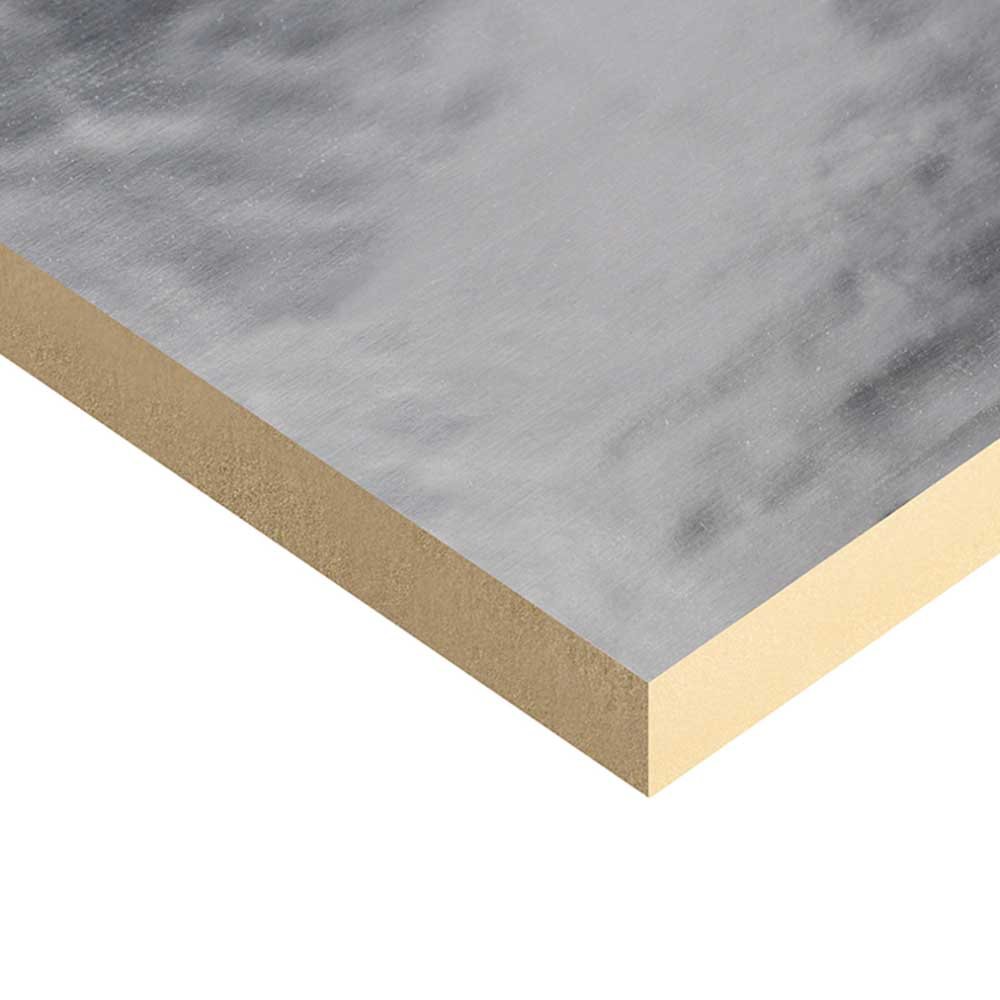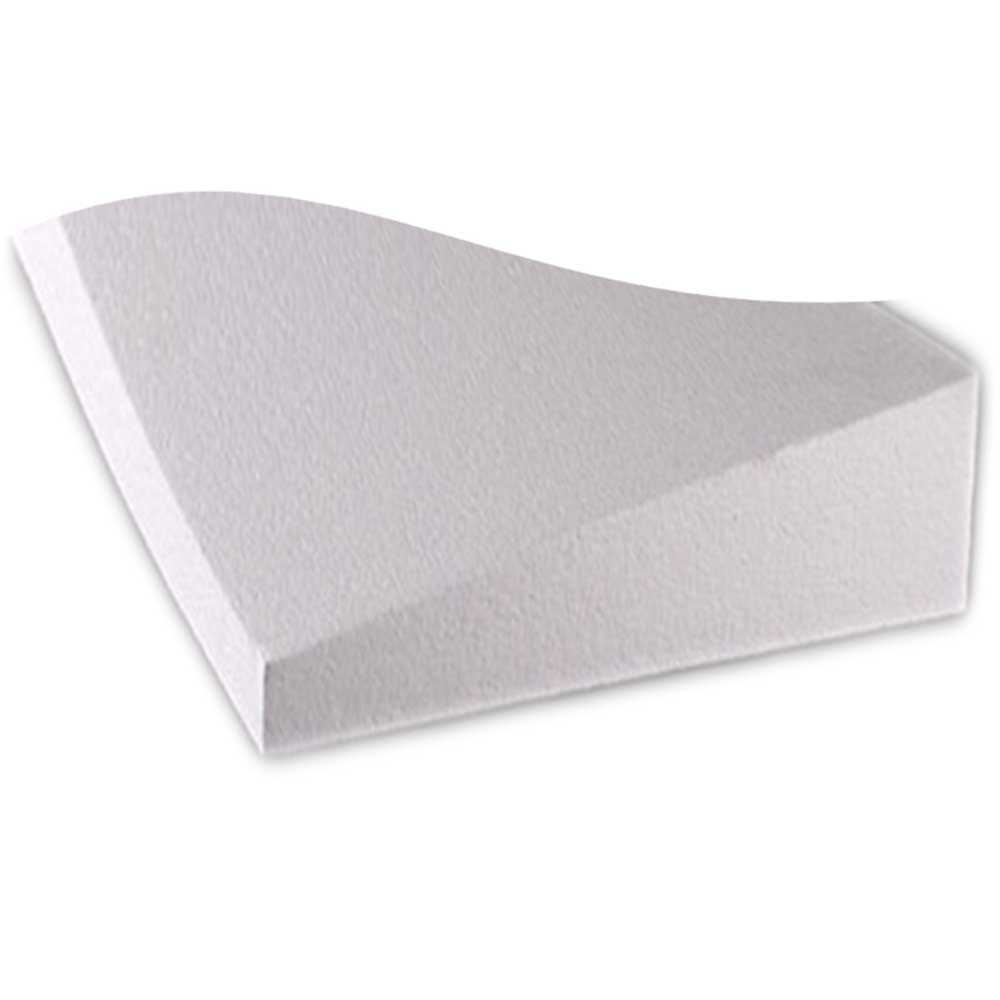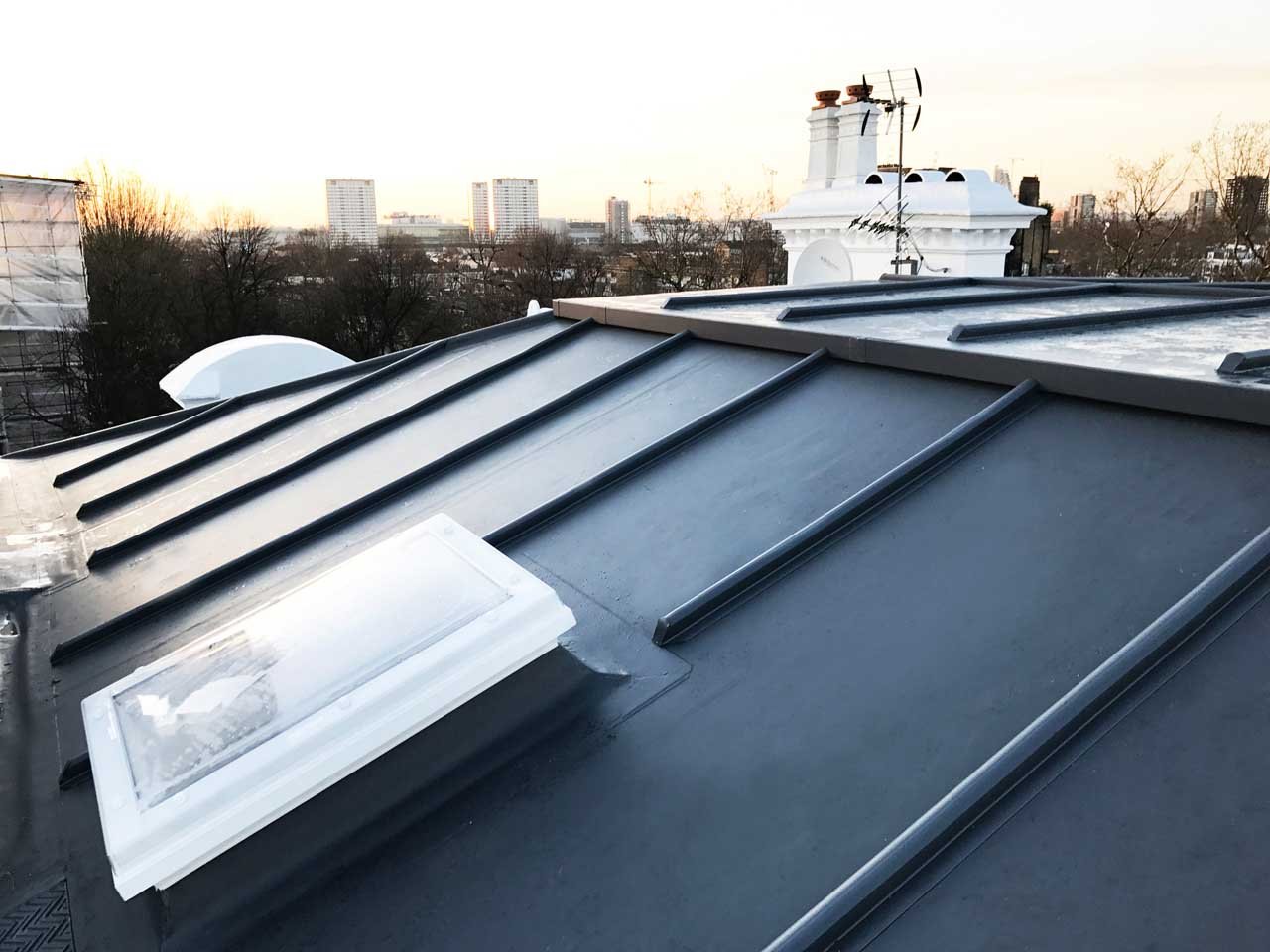Old flat roofs commonly accumulate large pools of standing water in anything but completely dry conditions – an outcome that’s not only unwanted but also detrimental to the roof itself in view of the added loading created by the water. While this can be (and often is) caused by shortcomings in the original roof design, it’s also a function of deterioration of the original materials over the life of the roof, and of any issues with workmanship standards at the time of construction.
A roof refurbishment project should be an opportunity to address these issues, once and for good. Designing for the recommended 1:40 fall specified in BS6229 : 2018 as a required outcome is a good start, but achieving the minimum 1:80 fall as an outcome requires consistent attention to detail as well as high standards of workmanship. It also requires a comprehensive survey of the existing roof to avoid compromising other aspects of the roof, including upstand heights.
Where practical, we recommend installing tapered insulation as a dual-purpose solution – not only does it address the drainage issues, it also increases the thermal efficiency of the property while offering an opportunity to convert an outdated cold-deck roof to the now-preferred warm-deck construction. As an alternative, and where the scope of works requires it, modifying the roof substrate to create the required fall is another tried-and-tested approach.
Whatever your choice, taking sufficient account of dimensional tolerances during construction is essential to avoid compromising the intended outcome – the result is complete peace of mind from the installation of a high-performance, long-life roof at an affordable cost.
Call us on 020 7100 1486 to discuss your requirements.

